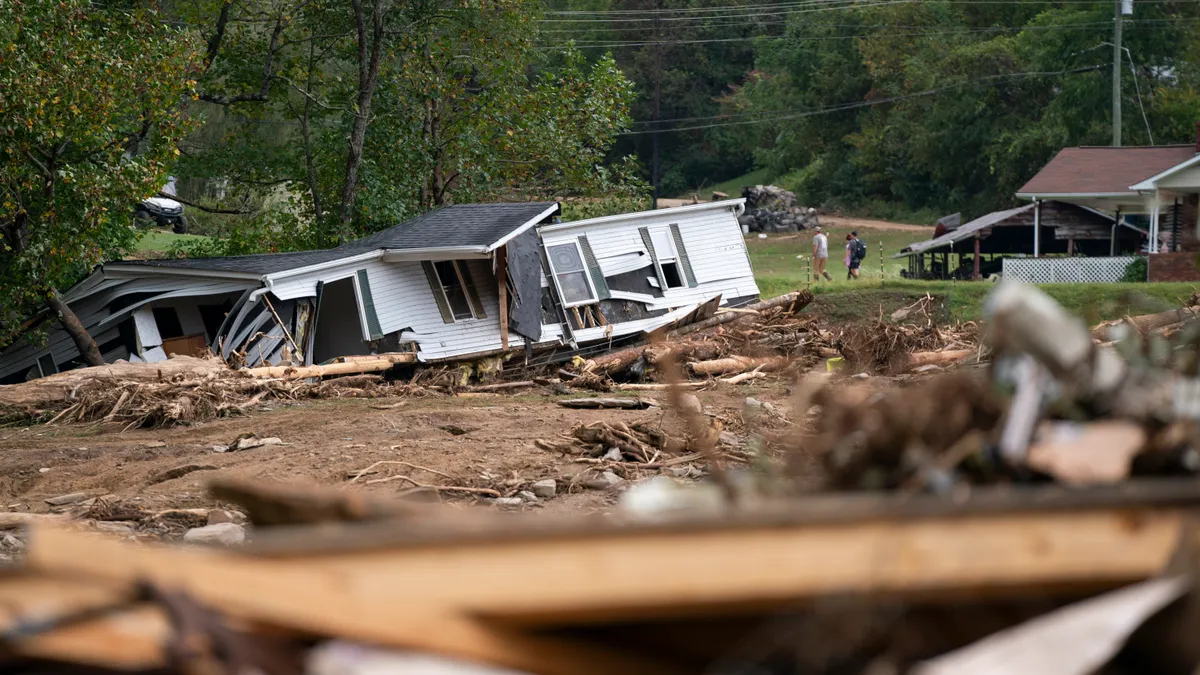Editor's Note: The following is a guest post from Srini Murali, president for the Americas and APAC at Exela Technologies.
Cities are responsible for more than 60% of greenhouse gas emissions and consume an astounding 78% of the world’s energy, according to data from UN Habitat. In short, they’re major contributors to the current climate crisis. That’s the bad news.
The good news is that city governments are in an excellent position to turn these figures around. Change can happen much faster at the local level, especially considering that half of the global population resides in cities.
Cities currently are implementing environmental initiatives that make a difference. Philadelphia, for instance, introduced solar-powered, Internet of Things (IoT)-connected compacting trash cans to dramatically reduce the frequency of trash collection. Considering that many trash trucks require about one gallon of diesel fuel for every two or three miles they drive, that’s a notable change.
Government initiatives can also take employee vehicles out of the daily commute. Tennessee’s Alternative Workplace Solutions program, for instance, has enabled more than 6,000 state workers to telecommute since its founding in 2016. Employees who participate in the program give up their desks at work in exchange for the opportunity to work remotely on a full- or part-time basis.
Half of U.S. jobs are compatible with remote work, according to Global Workplace Analytics, and 40% of the American workforce works remotely in some capacity. Thanks to technology such as video chat and instant messaging, workers don’t have to be physically present to communicate effectively. And if people work remotely even half the time, we could decrease our annual greenhouse gas emissions by 54 million metric tons and our annual oil consumption by 640 million barrels.
Cities everywhere are embracing their role in the fight against climate change, and many are finding that technology is a powerful ally. As automation, in particular, makes huge advancements, there’s more opportunity than ever for governments to further environmental initiatives. City leadership should look to these four areas for quick wins that offer big payoffs over time — for their cities and the planet.
1. Enrollments
Automating enrollments and providing system integrations could cut down on government-based pollution. In a nonintegrated system, for example, an individual who applies for unemployment benefits will have to fill out a completely separate application for public healthcare benefits. In an automated system, this information is already integrated across the board — saving time, paper and processing demands.
2. Cognitive automation
What if you could predict the general area where crime is likely to occur and deploy police officers as a precaution? What if you could predict where a roadway would need to be repaired and send a crew out before the damage gets out of hand?
Modern cities generate huge amounts of data, and with the power of cognitive automation technologies such as machine learning and predictive modeling, that data can be turned into valuable, efficiency-boosting insights. Start by identifying a problem you want to solve; then, ensure you’re generating clean, usable data that can help intelligent, automated systems support final decision makers.
3. Digital portals
From vehicle registration renewal notices to reminders about property taxes and other payments, cities send out a large amount of paper mail each month. Citizens already shop, bank and relax online, so why not offer them the convenience of digital self-service portals?
By making it easier and faster to perform certain functions, city employees and residents save time, and everyone saves resources compared to wasteful paper mailings. Identify which paper process generates the most waste, and implement a digital portal to eliminate it. You can slowly begin to approach other areas of potential improvement and likely simplify a host of unnecessarily complex processes.
4. Automated devices
Most people are familiar with IoT because these devices have entered the consumer space, but they can have an even bigger impact when implemented at scale.
Automatic lights and self-adjusting thermostats, for example, can curb excess energy use in office buildings, and smart tracking systems can pinpoint fleet vehicles and automatically optimize routes to make them more time- and fuel-efficient. Research which solutions will make the biggest impact, and opt for the ones that can pay for themselves in the least amount of time to build support for automation efforts.
Rapid advancements in automation are often viewed as a source of massive potential profits, but the technology also offers profound environmental benefits. Cities around the world are a major source of pollution, but they can also embrace change, simplify processes and produce meaningful impacts. For city leaders and decision makers, the automation implementation strategies above are an excellent place to start.


















